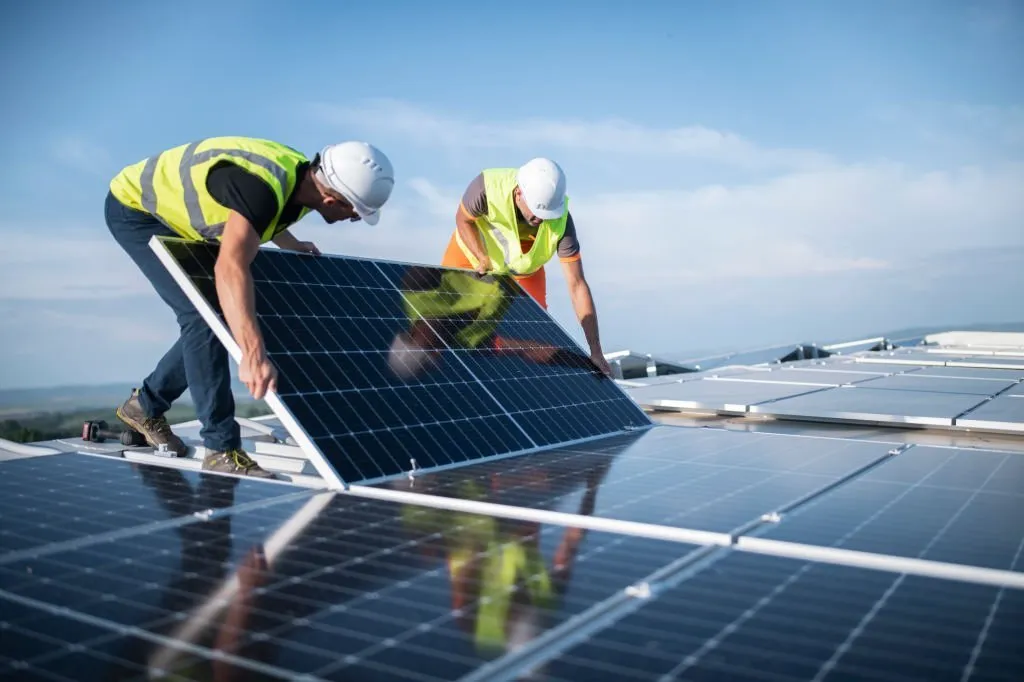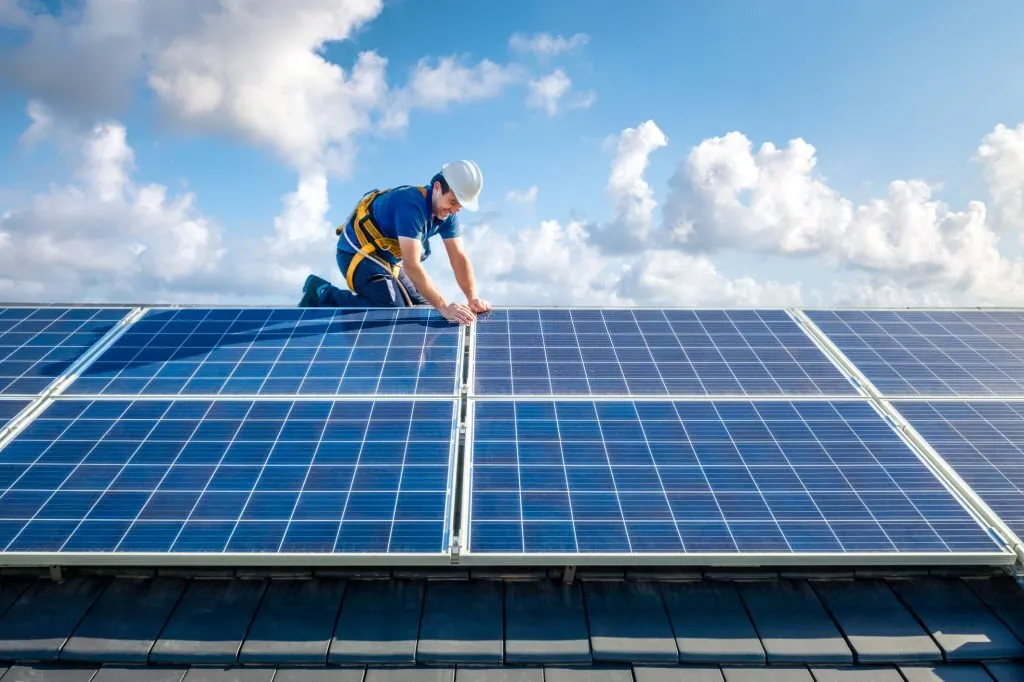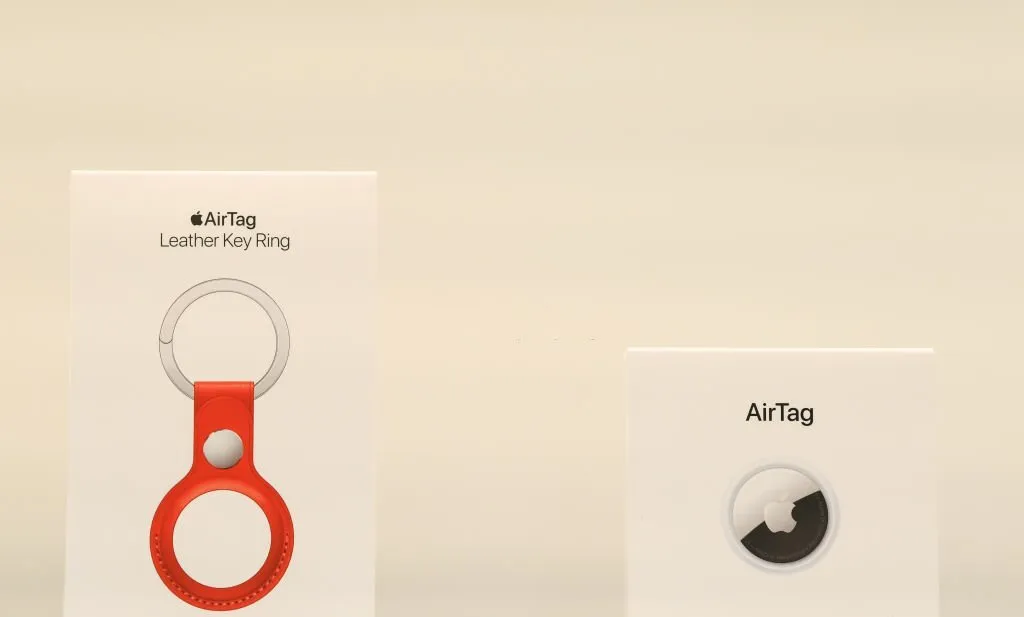Table of Contents
You’ve probably seen Solar Energy Panels – they’re often used to power roadside lighting and signs. Solar panels are also famous for homes and businesses that reduce energy costs while contributing clean electricity to the grid.
You’ve probably seen solar panels – they’re often used to power roadside lighting and signs. Solar panels are also famous for homes and businesses that reduce energy costs while contributing clean electricity to the grid.
The vast majority of US Solar Energy Panels use crystalline silicon technology. But there are other options for specific applications.
The Basics Of Solar Energy Panels
A sun-strength machine collects clean, renewable daylight and converts it into electricity to energy your own home. The setup consists of sun panels, an inverter, and an additional gadget.
Standard Solar Energy Panels such as Solar by Peak to Peak are made of silicon solar cells. When light strikes the cells, phosphorous and boron give electrons their negative and positive charges, respectively. The silicon then absorbs those electrons, triggering a flow of electricity. The cells are then connected with metal connectors, and an insulating back sheet, glass or polymer encapsulation, and a metal frame surround each cell to protect it from weather elements.
Solar panels are limited by only producing electricity during daylight hours and can be impacted by shade, snow, and cloud cover. This is why it’s essential to have a battery storage system and a solar panel.

Design
Since the inception of the solar industry, a wide variety of software and tools have been developed to assist with system design. Some examples include using aerial imagery to “draw” on roof spaces to estimate system size and energy production or creating proposals that illustrate how a PV system will be installed on a property with the associated benefits.
Solar panels generate direct current (DC) electricity. This type of electricity powers lights and appliances and flows from the negative side of a battery to the positive side through a light bulb and then back again. Solar energy can be converted into AC electricity by rotating a magnet through wires or using the sun to heat water to produce steam that turns a turbine.
Solar energy can be produced in many different weather conditions. Highlands Ranch, Colorado is a great place for solar power.
Installation
Solar energy panels convert sunlight into electricity and help homeowners save money on energy bills. Solar systems also reduce greenhouse gas emissions and offer the ability to become more independent from the grid. Great post to read can you track airtag miles away?
Solar energy can be produced from various sources, including photovoltaic (PV) and concentrated solar-thermal power technologies. PV cells generate electricity when sunlight passes through them, while CSP uses mirrors to concentrate sunlight and heat a liquid for further electricity generation.
The value of a solar electricity device depends on different factors, consisting of the homeowner’s energy intake and their choice of off-grid or grid-tied systems. Most states have net metering programs that allow homeowners to sell excess electricity they generate during the day back to their utility company at the same rate they purchase at night. The system’s upfront cost and installation is generally the most significant component. Fortunately, solar power costs have declined dramatically over the last decade.

Maintenance
Despite their relatively easy installation, solar panels still need maintenance. Dirt, dry leaves, mud smudges, and bird droppings can all accumulate on the PV cells, blocking the sun’s rays and decreasing electricity production.
Cleaning solar panels should be done two to four times a year, depending on the weather conditions in your area. A garden hose with lukewarm water and a soft cloth can clean effectively. It would be best to clean the panels from a safe location (like a ladder) using a safety harness to avoid falling off the roof.
In addition to regular cleanings, you can check your electricity production with your solar system monitoring software or by looking at your energy bill. More clarity between what your system should produce and what it is should be looked into immediately. This may indicate that a junction box or connection is malfunctioning. It could also be an act of vandalism, which is another common cause for reduced electricity output from a solar power system.





